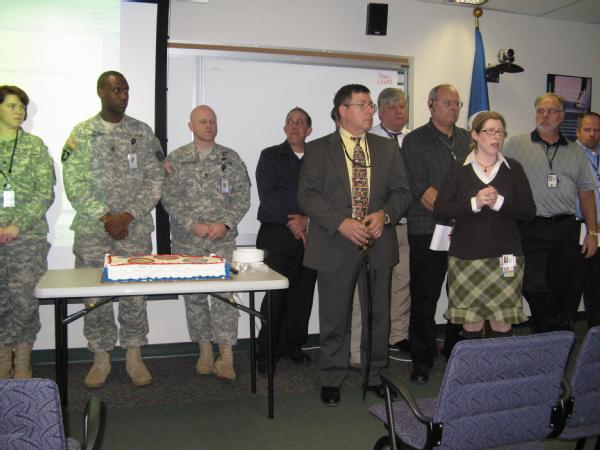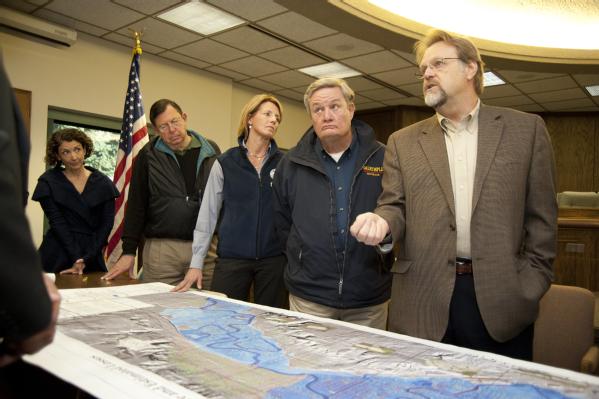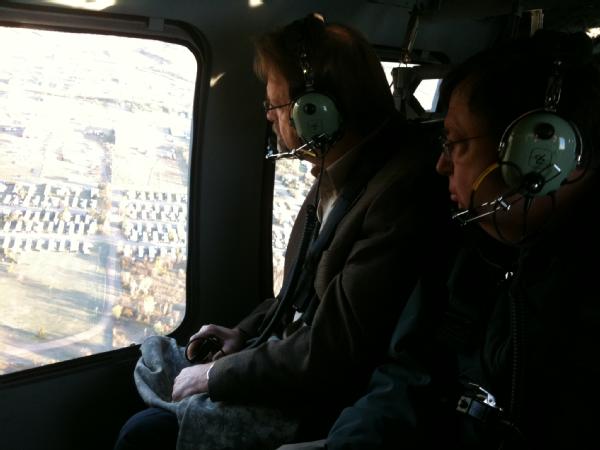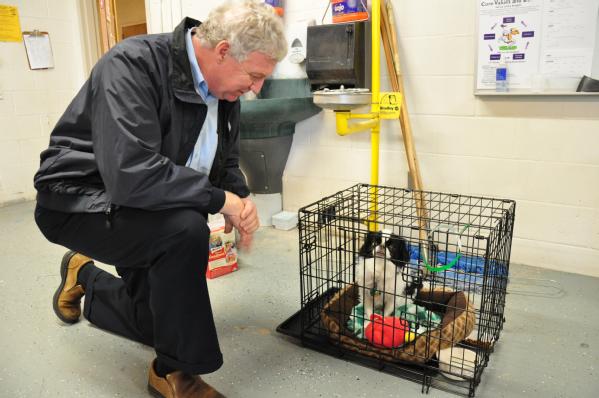Posted by: Rachel Racusen, Director, Public Affairs
We've got some good news, some "not so good" news, and some more good news regarding hurricane season.
The first bit of good news is that today marks the official end to the 2011 Atlantic hurricane season. And lest anyone forget, this year's hurricane season was very active. 2011 tied for one of the busiest tropical seasons on record in the Atlantic. Since keeping records as far back as 1851, this season tied with 1887, 1995, and 2010, where there were a total of 19 tropical storms of which seven became hurricanes, including three major hurricanes.
In fact, to get a good visual of the busy tropics, take a look at the 2011 season as viewed from space courtesy of our friends from the National Oceanic and Atmospheric Administration (NOAA). Each storm in the video loop is named. Pay particular attention to the monster that became Hurricane Irene, the lone hurricane to hit the U.S. this year causing severe damage along the entire east coast.
Now a bit of "not so good" news. No matter how hard we try to stop them from coming, there will be another hurricane season around the corner next year beginning on June 1, 2012 – and many other types of disasters in between.
So as always, we wish to remind you it is never too late to prepare, either for next hurricane season or for any type of disaster that may impact where you live, from severe winter weather to wildfires to flooding to tornadoes. In fact, why not take advantage of the holiday gift giving season and help loved ones prepare by purchasing a gift of preparedness (i.e., flashlights, fire extinguishers, go-kits for the car, or an emergency supply kit).
But let's wrap up on a little bit of good news. We're happy to let you know that when preparing for next year's hurricane season, due to 2012 being a leap-year, you’ll have one additional full day (February 29th) to get yourself prepared. So instead of having the usual 181 days until the next hurricane season, you'll have 182 days. Use them wisely to prepare.
As we say goodbye to this hurricane season and continue to prepare for all hazards, we also want to thank the entire team, including our state, local, tribal and territorial partners, the faith-based community, non-profits, the private sector, volunteer groups and of course the public. Each of these partners played a critical role in helping communities prepare for, respond to and recover from the different storms that made landfall this year and many of them are continuing to work hard on the ground as rebuilding efforts continue.
And don't forget to visit the new ready.gov for more information on how you can get ready today.







